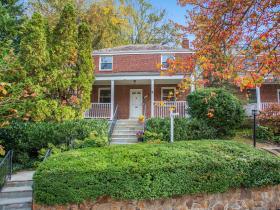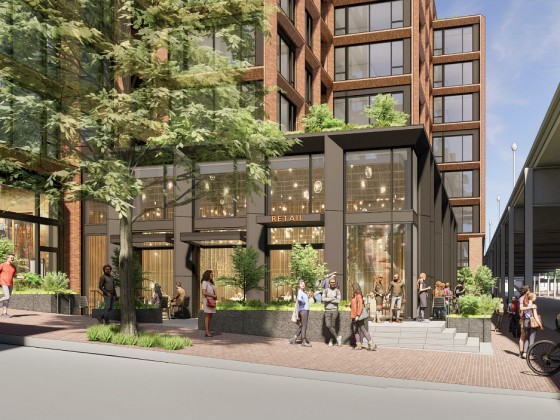 Where in DC is Missing Middle Housing Not Missing?
Where in DC is Missing Middle Housing Not Missing?
✉️ Want to forward this article? Click here.
Last year, UrbanTurf reported on the concept of the "Missing Middle", a class of housing types which bridge the gap between single-family houses and mid-rise multi-family buildings. As explained at an Urban Land Institute panel, "Missing Middle Housing" (MMH) describes the variety of housing types besides detached single family homes and mid-rise apartment buildings which are most needed to accommodate an under-served bloc of household types. Considering how supply-constrained and high-priced the DC market can be, it seems apparent that there is a gap in the city between what is available and what is most in-demand.
However, a closer look at the MMH concept and typologies reveals that DC might not be the missing middle desert it seems to be. Architect Daniel Parolek of Opticos Design, who coined the term "Missing Middle" in 2010, discussed the concept at the National Building Museum last week. "Missing middle housing are buildings that are the scale of a house that just happen to have multiple units inside," he explained.
Based on that definition, one of the MMH typologies is "townhouses", which are prevalent in a variety of sizes and styles throughout all wards of the city (although much less so in Ward 3). The remaining typologies are explained below, along with examples of where each can be found in DC:
- Duplexes are singular structures which contain two housing units, and can take two forms: side-by-side or stacked. Side-by-side duplexes are far from a rarity in DC, although they are primarily concentrated in North- and Southeast. In neighborhoods like Riggs Park and Marshall Heights, pairs of brick or even shingled rowhouse-duplexes are commonplace, although it is usually fairly easy to identify these as being two attached units.
As for stacked duplexes, the thousands of rowhouses with English basements in the city could certainly qualify as a local example. However, between the short-term rental market and homeowners wanting to avoid renting out the accessory unit and empowering a tenant with the right of first refusal, a large portion of this housing does not function as two households. In general, duplexes are becoming increasingly prevalent as developers purchase rowhouses and divide them into individual units (typically for-sale).
story continues below
loading...story continues above
- Bungalow Courts are small (think 500-800 square feet) detached homes arranged along a central courtyard. While there are certainly hundreds of court-centric small developments in the city, we are not aware of there being a true bungalow court (aside from, perhaps, the improvised and short-lived Boneyard Studios community).
- Carriage Houses, meanwhile, are another building type that exist in older, denser neighborhoods like Capitol Hill and Georgetown. This is also another property type that isn't always activated as a separate dwelling unit.
The zoning amendments which took effect two years ago made accessory buildings and alley dwellings by-right in many residential zones. However, between high costs and various lot requirements, these aren't being constructed at a pace which would cause a ripple in the housing market — particularly because not all new alley dwellings will be made available as rentals.
- Triplexes and Fourplexes are single buildings with either three or four respective units inside. The latter type is rare in DC outside of some blocks in neighborhoods like Bellevue (eg. Galveston Place SW), Friendship Heights (eg. Harrison Street NW), and Petworth (eg. Quincy Street NW), although many of the four-unit buildings here are arranged in attached pairs or rows rather than being standalone properties.
The former type, meanwhile, is a popular phenomenon in some of Northwest DC's popular neighborhoods, as some of the developers converting rowhouses leverage pop-ups and additions to carve three units out for-sale.
- Multiplexes, or buildings with 5-10 units, are another property type much more prevalent in Northeast and Southeast. Although it may not seem like it, small multi-family buildings like these are still developed with some regularity in DC, with the more popular examples coming in the form of school and church conversions.
- Live/Work housing is one typology which has been somewhat of an afterthought in DC, although newer (Brookland Artspace) and planned (Congress Street, Reunion Square) developments have attempted to compensate for the lack of artist housing and affordable studio space.
- Garden Apartments, or "courtyard apartments" described as mid- or large-sized structures with multiple units arranged along a courtyard with either private entrances or a lobby shared among three or so units, join bungalow courts as perhaps the only MMH type for which not many examples in DC come to mind.
Although the above descriptions leave a lot of room to consider various DC properties as exemplars of MMH, it is perhaps more useful to consider the lack of these typologies in neighborhoods dominated by detached single-family homes. One of the selling points of MMH is the ability to provide what is essentially multi-family housing within a single-family footprint.
In this way, MMH could be interspersed with detached single-family homes in a given neighborhood while still maintaining the appearance of a single-family neighborhood, whether with accessory buildings, multiplexes disguised as houses, or both. A variety of MMH in single-family neighborhoods could also sit between a row of detached houses and the larger multi-family housing which fronts a main street, creating a transitional buffer between the two.
Perhaps pockets of the city like Ward 3, where there is a less diverse range of housing types provided between single-family detached houses along neighborhood streets and larger multifamily buildings along the main corridors, should perhaps be examined through a lens more similar to that of downtown: a highly-desirable area where more housing could come in the form of converting what is already there.
See other articles related to: building museum, missing middle, missing middle dc, missing middle housing, national building museum
This article originally published at https://dc.urbanturf.com/articles/blog/where-in-dc-is-missing-middle-housing-not-missing/14415.
Most Popular... This Week • Last 30 Days • Ever

As the year draws to a close, homeowners have the opportunity to maximize their tax b... read »
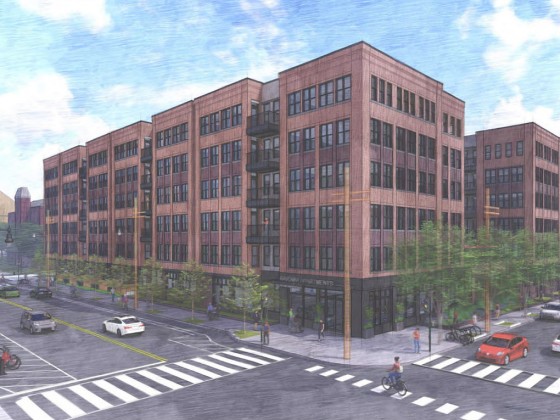
Plans for the large new residential project are looking to get started again after mo... read »
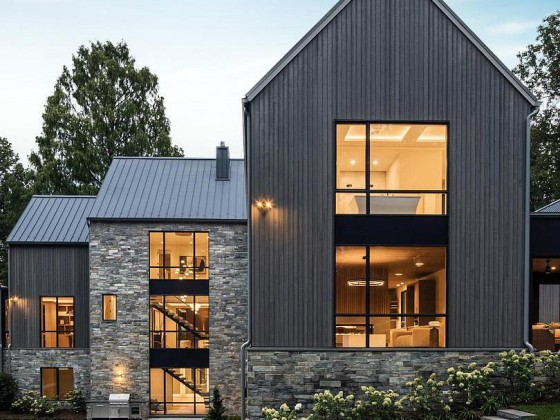
The Wall Street Journal is reporting that Jeff Skoll has purchased two homes on nine ... read »
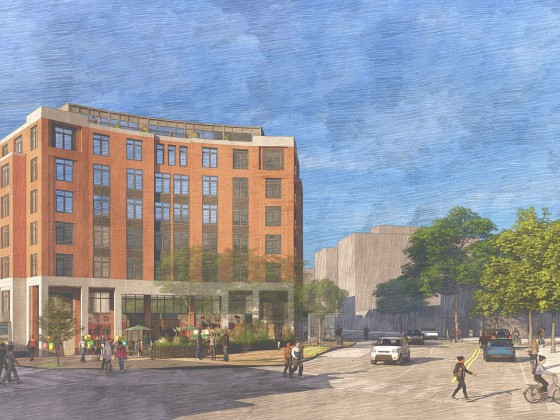
The residential pipeline in Adams Morgan has slowed in recent years, and now there ar... read »

Some interesting residential plans are on the boards for the church at 16th Street an... read »
DC Real Estate Guides
Short guides to navigating the DC-area real estate market
We've collected all our helpful guides for buying, selling and renting in and around Washington, DC in one place. Start browsing below!
First-Timer Primers
Intro guides for first-time home buyers
Unique Spaces
Awesome and unusual real estate from across the DC Metro





